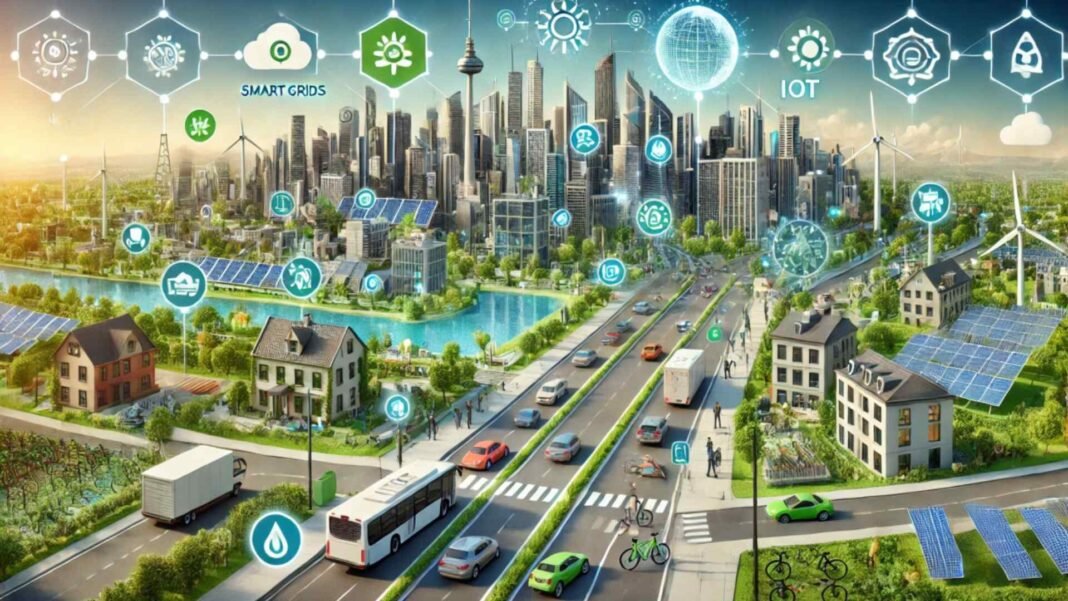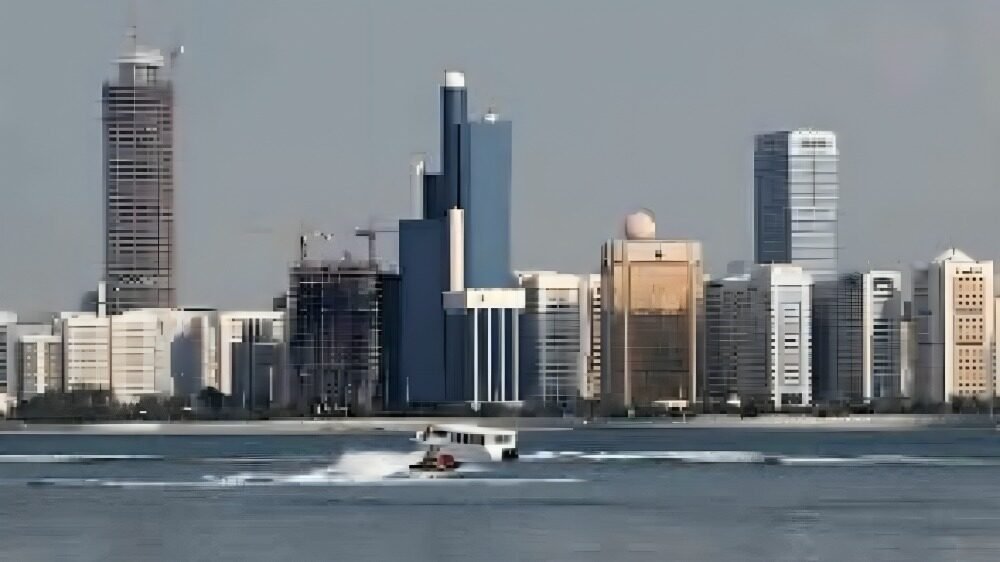Smart city technology is reshaping how towns and metropolises plan, move people, manage energy and protect the environment. Across the globe, city planners and public managers harness real-time data, connected sensors and advanced analytics to make faster, more precise decisions cutting waste, shortening commutes and improving quality of life. This article explains how these tools work in practice, why they matter for sustainable, and what cities must get right to keep public trust.
What the new tools do
Modern urban systems collect streams of data from traffic cameras, air-quality sensors, smart meters and public-transport fleets. When cities analyse that data in real time, they can adjust traffic signal, reroute buses, and target maintenance to where it matters most. In practice, smarter traffic signal timing alone has reduced average commute times in some cities and improved flow where driving or bus travel dominates.
Cutting emissions and energy waste
Cities account for the majority of global energy use and emissions, so small efficiency gains add up. Digital grids and smart meters let utilities match supply to demand, integrate renewable power more reliably, and reduce wasted electricity. Early studies and energy agencies show that digitally enabled grid management and demand response can lower curtailment of renewable energy and help cities reach climate goals while keeping power stable. Practical deployments of smart grid technologies already help balance loads in real time and support electric-vehicle charging without overloading local networks.
Saving money through predictive upkeep
Replacing fixed-schedule maintenance with predictive models is another clear win. Sensors on infrastructure from streetlights to water pumps and rail equipment feed condition data into models that spot wear before failure. That approach reduces unplanned downtime and trims lifecycle costs, with research suggesting meaningful drops in maintenance spending and service interruptions when predictive systems guide repairs. Municipalities that move to condition-based upkeep see both budget and service benefits.
Real examples and practical gains
Several cities now lead with coordinated smart programs. Singapore’s long-running national effort and other fast adopters have combined sensors, transport algorithms and digital services to improve mobility, reduce energy use and deliver citizen services more efficiently. Other cities across Asia, Europe and the Gulf have rolled out projects that target waste collection, street lighting and transit coordination, demonstrating measurable gains in energy savings and resident satisfaction. These examples show that scaled, cross-departmental planning delivers the biggest returns.
People-first design and governance
Technology by itself doesn’t solve urban problems. Successful programs embed clear governance: who owns data, how long it is kept, who can access automated decisions, and which safeguards prevent bias or misuse. International bodies and urban-planning groups now recommend frameworks that put privacy, transparency and inclusivity at the centre of smart city design. Cities that adopt open standards, data-sharing agreements and meaningful public consultation reduce the risk of surveillance, error and public backlash. Good governance also ensures that benefits reach underserved neighbourhoods instead of reinforcing inequality.
Design principles for sustainable rollout
Municipal leaders can follow a compact set of principles: set clear outcomes (reduced emissions, safer streets, lower costs), start with pilots that show measurable impact, adopt interoperable technologies to avoid lock-in, and build public interfaces that explain how data is used. Prioritise low-regret investments projects that save money and improve service without large social trade-offs. Train staff to manage digital tools and invest in basic cybersecurity; the technical gains mean little if systems are insecure or poorly understood.
Risks and how to manage them
Every tech deployment carries risk. Data breaches, biased decision models and uneven access can undermine trust. Cities must publish audit trails for automated decisions, anonymise personal data at source, and enable independent oversight where needed. Clear laws and procurement rules help align vendors with public values and make it easier to hold programs accountable if they veer off track.
A long-term payoff
When planners combine modern sensing, intelligent operations and strong governance, cities become more efficient and resilient. Shorter commutes, lower energy bills, fewer service interruptions and cleaner air are realistic outcomes. Equally important, a people-centred approach keeps smart projects accountable and ensures that technological change improves daily life for all residents, not only a few.
Smart city technology are not a quick fix. They require patient planning, transparent governance and continual evaluation. But when cities get the basics right clear goals, interoperable systems, citizen engagement and data protection the result is a more livable, sustainable urban future.






